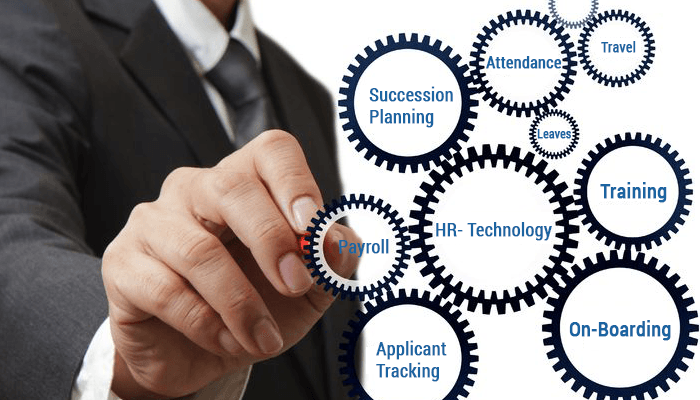The majority of HR leaders hesitate to take the final call on the deployment of cloud-based HR software. There are two key reasons behind their apprehensions: (i) less information about the term “cloud” and (ii) inadequate knowledge about ongoing IT trend in the HR domain. However, they can justify their decisions with some non-technical steps. For example, they can prepare an assessment report on the gap between the limitations of existing technologies in the HR department and new requirements, which could not be addressed by existing technologies. In this blog, we will discuss different methods to choose the most suitable cloud-based HR software.
Upgrade your strategies along with the technology
In our last blog posts, we had discussed how rapidly HR practices are evolving. We had also discussed the disruptions, caused by the millennial workforce. After reading these posts, you will admit that we have already entered into the era of technological evolution. Therefore, this is the right time, when every organization should upgrade its HR strategy; design and deploy its new strategy on top of the modern cloud technology. With this new approach, HR leaders can take full advantage of mobile HR applications, social media tools and HR analytics. However, during the deployment of the cloud-based HR software, HR leaders should take care of following issues:
- How new updates will be rolled out?
- What will be the frequency of updates?
- Will you get a chance to play around with new features before they go live?
After deploying the cloud-based technology, you may not require your existing IT team to manage upgrades and take care of office equipment, but you may need an IT expert who will work as an interface between you and your vendor. He or she will be responsible for staying ahead of updates and ensure that your data is being properly managed.
Think about your sensitive data, uploaded on cloud-based HR software
“Privacy of data” is a pertinent question in this digital era, almost every government and professional is wondering about, to the point that the 28th of January has been announced as the Data Privacy Day. Currently the USA, Canada and 27 European countries are celebrating this day. Identity theft (due to the breach in data security) is one of the most compelling modern-age frauds and HR departments are soft targets of such fraudsters or hackers. As HR professionals, we know that our company and employees entrust us as the custodian of their sensitive information. That’s why whenever a new technology gets deployed in the HR department, it is our duty to make sure that those technologies are compliance with the Data Protection Regulation or not. In this situation, we may ask three important questions from our vendors:
- Do they provide back-ups of all users’ data?
- Where are the data centers of technology provider?
- How do they ensure the security of data?
In addition, we may check whether the cloud-based HR software offers the following:
- 24 x 7 support
- Access to all employees (and not just HR administrators) such that they can view and update their own data
- Multiple types of documents to be stored
- Scalability
- Allows addition of features as your needs evolve
- Scales with increasing employee sizes without any impact on performance
- Allows access on multiple devices
- Security
- Stores data in encrypted format.
- Forces secure connectivity (HTTPS)
- Has access based authorizations
- Forces change of passwords periodically with capabilities of strong password rules
- Maintains an audit trail of all data changes
- Allows integration with your web portals for single sign-on
- Enables two-factor authentication to prevent data breaches
- Integration
- Allows upload and download of data in multiple formats such as spreadsheets, PDF, HTML and documents
- Provides standardized API preferably REST based to allow integration with your internal systems.
- Significant configuration and customization capabilities such that the software can adapt to your processes (rather than you having to change your business processes.
- Last but not the least – offers a no risk Free Trial that you can go through at your own pace to learn and try out the software features.
Look for a vendor who understand your requirements
There are many enterprise cloud-based HR software, which have been designed for small scale firms and may not fulfill all the requirements of big multinationals. If you have more than 10,000 employees and offices at multiple locations in different time-zones, you may prepare a checklist of all your requirements. You can discuss your checklist with your colleagues in different locations and request for a demo from your choice of vendors. It may be a time-consuming process but eventually, you will be able to select the most suitable software, which will give you desired results without any glitch.
Final thought
Whenever you come across a new cloud-based HR software with tons of features, don’t get infatuated by its bells and whistles. Just calm down, prepare a list of your requirements, appraise the new software and then take the final call, deploy the new technology in the systematic and bang for the buck way.



